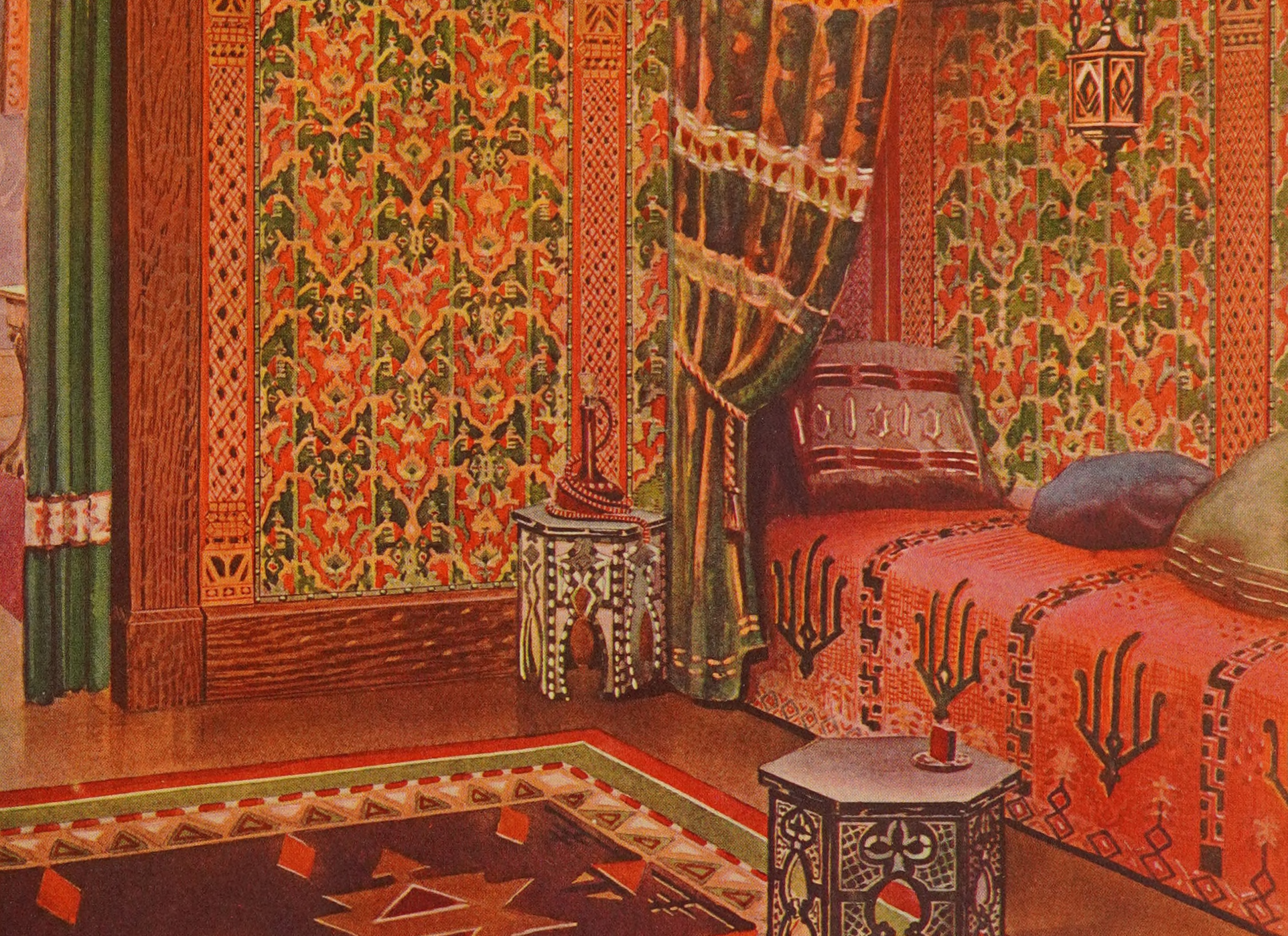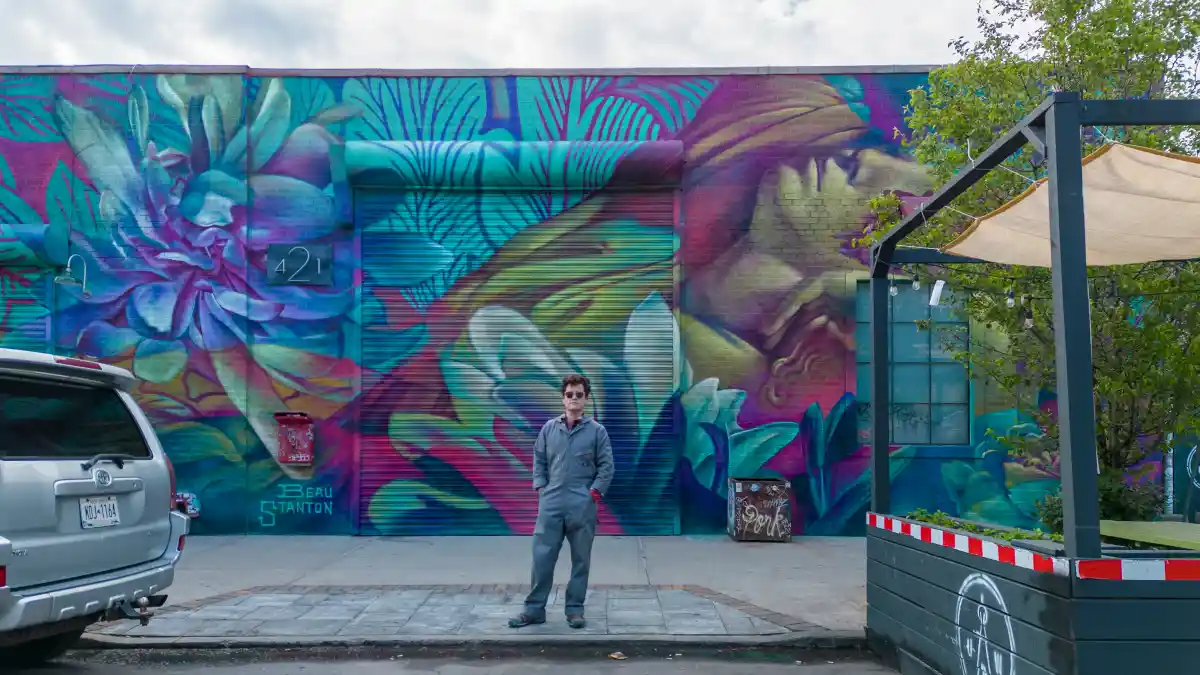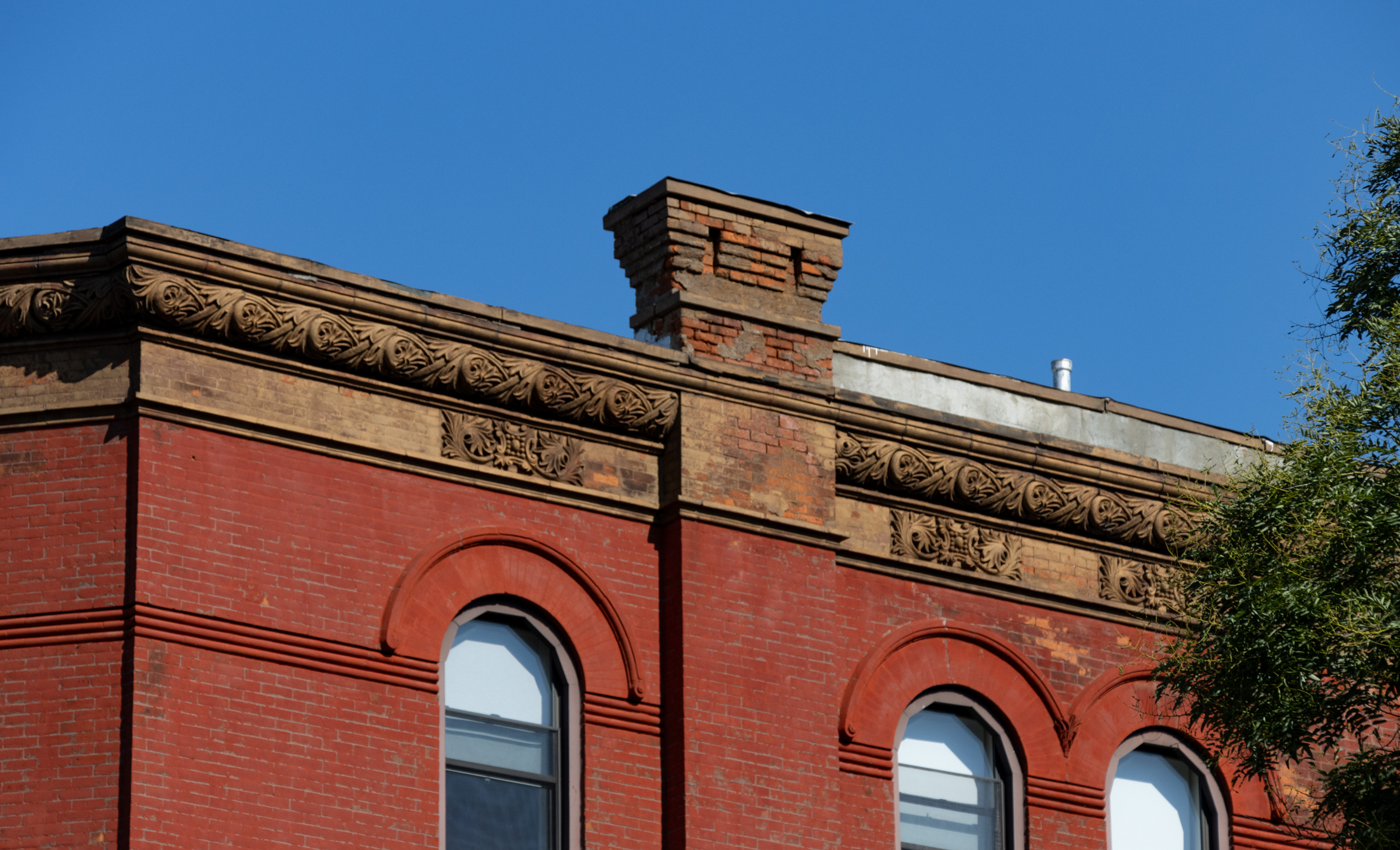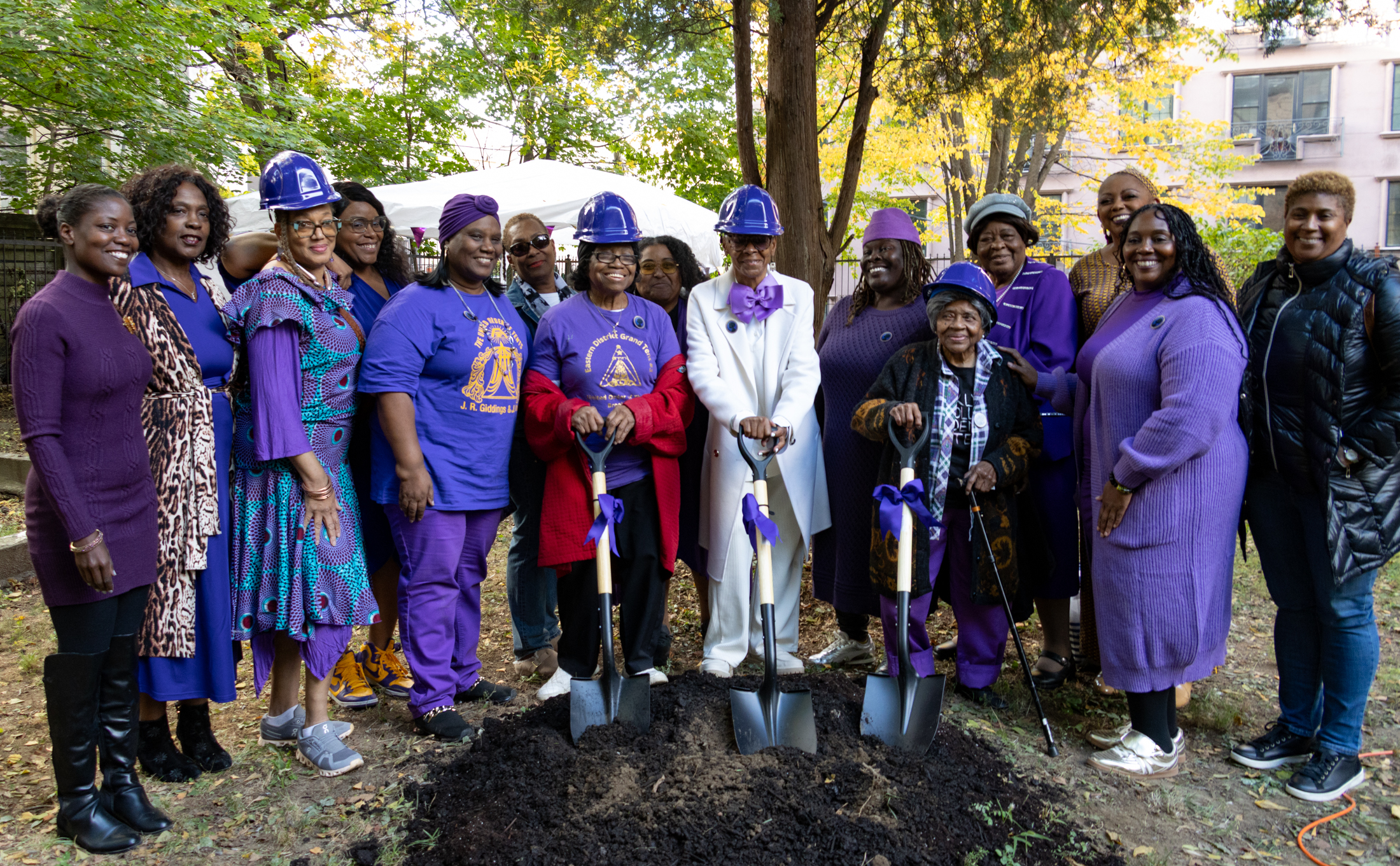Queenswalk: Mr. Steinway’s Astoria, Part 1
One of the most famous Queens residents of any century was William Steinway, the German-born piano maker who made his namesake piano one of the most famous musical instruments of all time. In the process of continuing a family empire, he helped put Queens on the map, and his legacy still lives on. Steinway pianos…


One of the most famous Queens residents of any century was William Steinway, the German-born piano maker who made his namesake piano one of the most famous musical instruments of all time. In the process of continuing a family empire, he helped put Queens on the map, and his legacy still lives on. Steinway pianos are still among the best pianos in the world, and are played on all of the great stages of the world, by pianists involved in every kind of music, from classical to jazz to New Age to pop, and beyond. The Steinway name denotes a fine instrument that everyone just expects to be exceptional, and to play a Steinway is to up one’s game; just touching the keys and hearing those fine tones makes you want to be a better musician.
William Steinway came from a family of piano makers. Born Wilhelm Steinweg in Seesen, Germany, in 1835, he was the fourth son, and sixth child of Heinrich and Julianne Steinweg. Heinrich was a master piano maker, no small skill in any age, and all of his sons had learned at least the rudiments of the craft from their father. Germany was at war with itself in 1848, and one of the Steinweg sons, Charles, came to America with thousands of other German immigrants, to find his fortune. He wrote back that New York could use good piano makers, and a good living could be had here. In 1850, the Steinweg family packed up, and the whole family, except the eldest son, C.F. Theodore, moved to New York.
Once in New York, the sons all went to work at piano factories. William learned how to make soundboards at the Nunns Company, but it failed, and he was left with unpaid back wages and no job. The family decided to go into the piano business themselves. In 1853, they Anglicized their name to Steinway, and founded Steinway & Sons. William was not a partner until he turned 21 in 1856, but he is listed as the first soundboard maker the company had. The soundboard is the most important component of the piano, and amplifies the sound created by the hammer hitting the strings. It is the diaphragm of the instrument, and produces the tone that separates a good piano from a great one. The company soon won prizes, and was gaining a reputation for good design and construction.
Because William spoke English better than anyone else in the family, having learned it at school in Germany, he became the manager and spokesperson for the company. He would become president of Steinway & Sons in 1889. The company started out with a small shop on Varick Street in Tribeca, but by the 1860s had grown to a huge block wide factory on Park Avenue, and 53rd St. where the Seagram Building stands today. In their new factory, their workforce of 500 men produced 1,800 pianos a year. The Steinway factory remained here until 1910, when it relocated to Astoria.
The factory was uptown, but the heart of New York’s theater and shopping district was at 14th Street. In 1866, the Steinway showroom added a new concert hall to Steinway Hall, the shop for their pianos. It seated 2,500 people, becoming New York’s most important concert venue, and home to the New York Philharmonic Orchestra, until Carnegie Hall was built in 1891. Of course, it never hurts that the well-heeled concert goers would have to pass through the showroom in order to get to the hall. They sold a lot of pianos that way, and would continue to do so even when they followed the cultural scene uptown to a new Steinway Hall on 57th Street.
William Steinway loved music. He was a fine tenor, and enjoyed singing with the German Liederkranz clubs, which had accompanied every group of Germans to America, and even had a solo with the New York Philharmonic. The Steinway Company began sponsoring artists, especially pianists, and concert tours, both in America and abroad. The roster in William’s time including Ignaz Paderewski, Anton Rubenstein and Sergei Rachmanninof. He also was the leader of the New York Leiderkranz Club, the largest German singing club in New York, and was president at least ten times, including at the time of his death.
In the early 1870s, William began buying land in Queens. He bought up over 400 acres of farm land in Astoria, and began making plans for a new factory there, as well as Steinway Village, a company town that would provide low cost housing for workers, right near the new factory. The homes William built for his workers were constructed in 1874 and ’75. They consist of small two story brick houses, with elements of the late Italianate and early Neo-Grec styles. Company housing is very rare in New York City, and these houses are among the only examples in the entire city. They are built on 40th Street, between 20th Avenue and 20th Road, (ah, Queens and its street systems) and the south side of 20th Avenue between 41st and 42nd Streets, and between Steinway Street and 41st Street. The last group of houses is bigger and more ornate than the others, and was probably home to shop stewards and managers.
Because this was the hinterland, even for Astoria, at the time, there was little in the way of city services out here. Steinway took it upon himself to build infrastructure, not just housing. The town would also have its own church, the Steinway Reformed Church, stores, a circulating library, a volunteer fire department, a public bath house, and even its own amusement park by the water. Steinway Village also had one of the first free kindergartens in the United States, a German educational staple imported from the old country, where children were taught German and music. Most of Steinway’s workers were German, and in addition to Steinway Village, he set up his own trolley and ferry that connected the new factory to the streets of Yorkville, just across the river, on the Upper East Side, home to Manhattan’s largest German-American community, and also home to more of his workforce.
William was very excited about this new project. He also bought himself a new mansion, the former home of Benjamin Pike, Junior, a Manhattan dealer in precision optical and medical instruments. Pike had the home built in 1850, and used it as a summer residence, as Queens was in the country at that time, and the mansion stood on a hilltop above the rest of the surrounding countryside, looking out over the East River. Steinway intended for the home to be his family’s summer home, as well. Its proximity to the new factory was icing on the cake.
Next time: The rest of the story: the 20th and 21st centuries and the Steinway legacy in Queens. What happened to the factory, the mansion, and the worker’s amenities? How much still remains today in Queens? Stay tuned. (Sorry!)












What's Your Take? Leave a Comment